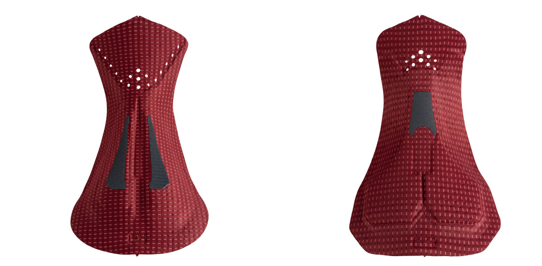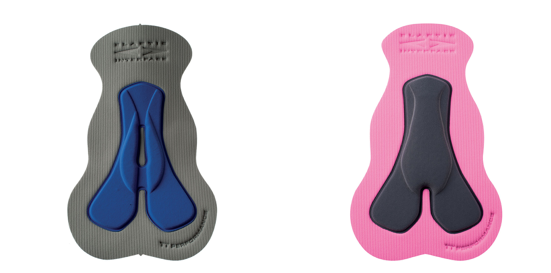Riding your Bike with a Chamois: Cycling’s Hidden Gem
Ouch. We've all been there, right? You're cruising along on your bike, feeling good, and then... that familiar saddle soreness starts to creep in. You shift around, maybe stand up for a bit, but it's still there. What if there was a better way? Turns out, there is: the humble chamois.
Seriously, these things are a game-changer. But did you know they've been around for ages? Back in the 1860s, when biking started getting popular, people were dealing with some serious saddle sores. So, they came up with the chamois. Originally, it was made of leather, which, let's be honest, sounds pretty uncomfortable. Thankfully, we've come a long way since then.
These days, a good chamois is pretty much essential if you want to enjoy your ride. It's not just about comfort; it's about being able to focus on the road and the scenery, not on how much your bottom hurts. Want to know exactly how a chamois can make your ride better? Keep reading!
Credit: Elastic interface, Men’s (left) Women’s (right)
So what is a chamois?
Let's be real, a good chamois is like having a comfy cushion built right into your shorts. Most cyclists I know swear by them. Seriously, they're a game-changer for long rides. They cut down on saddle soreness, protect your sensitive bits, and just make the whole experience way more enjoyable.
But it's not just about comfort. A good chamois can actually help you ride better. You can go further and faster without feeling like you're sitting on a rock. Plus, they can keep you a bit warmer and drier when the weather's not cooperating, and they help keep things a little more hygienic down there.
Now, there are a ton of different chamois out there, and it can be tough to know which one's right for you. What should you look for? Stick around, and I'll walk you through some key features and how we chose the ones we use.
The 6 Crucial Things to Look for When Choosing a Cycling Chamois
Finding the right chamois? It's all about what works for you. Size, shape, the type of riding you do – it all matters. Here's what I've learned:
Width is Key: You want a pad that covers your sensitive areas without rubbing. Too narrow, and you'll get chafing. Too wide, and it might bunch up. It's a balancing act.
Thickness Matters: Some folks love a thick pad for long rides, others find it bulky. It's a personal thing. Try a few different thicknesses and see what feels best.
Stay Dry: Moisture-wicking fabric is a must. Trust me, you'll thank yourself on hot days.
Keep it Clean: Sweat happens. Look for chamois with antibacterial properties to keep things fresh.
Don't Just Go by Price: Sure, budget matters, but comfort is king. Try a few different options before you settle.
Protection is Paramount: Saddle sores are no joke. A good chamois is your best defense.
You can find cycling shorts with or without a pad. But if you want to ride comfortably, especially for longer distances, a chamois is your friend. Trust me on this one.
It’s all about eco friendliness and comfort everywhere you go
When it came to choosing a chamois, we knew we had to go with the best. That's why we picked Elastic Interface. Their chamois and materials are top-notch, and they're just as committed to the environment as we are. Plus, they're always innovating. Seriously, these things are comfortable!
And it's not just about comfort. We also care about safety. Their Oeko-Tex certification means our chamois are free from harmful chemicals and dyes. And they're bluesign certified, which means they're made with the environment in mind, without sacrificing quality.
We're all about transparency. We want you to feel good about every step of the process, from how our clothes are made to how they're delivered. We'll be sharing more details soon about the specific Elastic Interface chamois we chose and how we narrowed it down from nine different styles to just two – which, by the way, we personally tested for hours.
But for now, just know that you're riding in comfort and safety!


